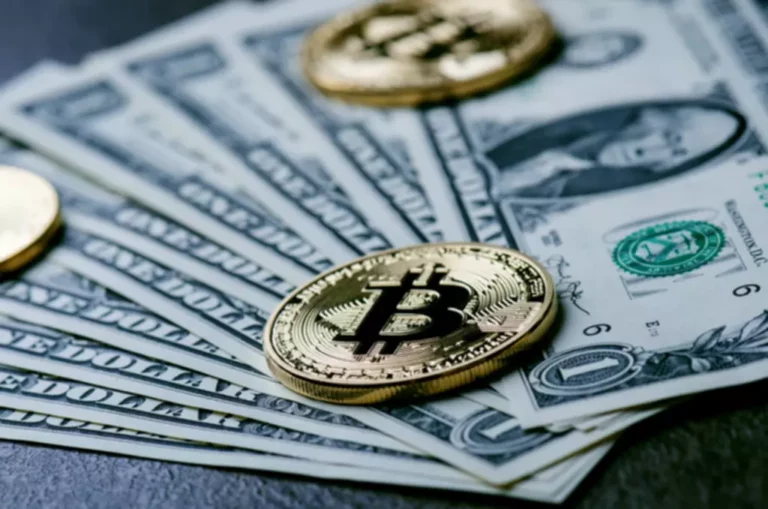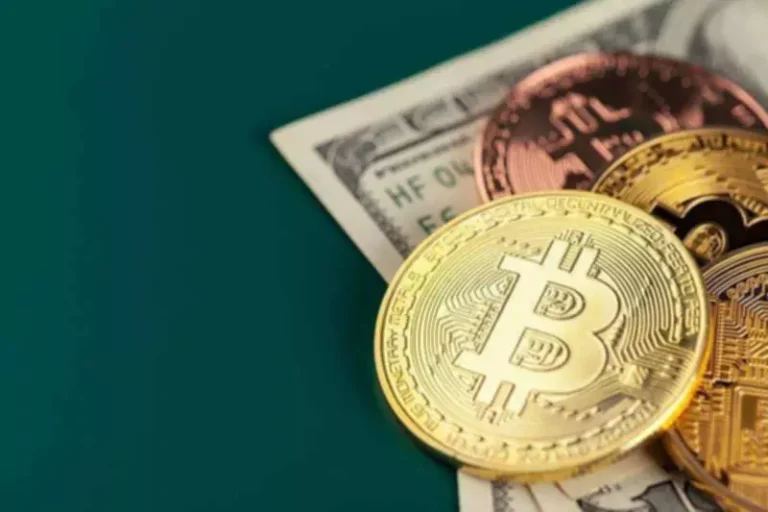Let us have an idea of how some of these platforms utilize their respective pools. Doomscrolling or doomsurfing is the term used to describe social media users habitually scrolling through their newsfeeds… A honeypot is a scam used in the crypto industry to trap victims and steal their assets or sensitive inform…

If you’re familiar with any standard crypto exchanges like Coinbase or Binance you may have seen that their trading is based on the order book model. This is also the way traditional stock exchanges such as NYSE or Nasdaq work. One of the first projects that introduced liquidity pools was Bancor, but they became widely popularised by Uniswap. Also, be wary of projects where the developers have permission to change the rules governing the pool.
DeFi
In its basic form, a single liquidity pool holds 2 tokens and each pool creates a new market for that particular pair of tokens. Of course, the liquidity has to come from somewhere, and anyone can be a liquidity provider, so they could be viewed as your counterparty in some sense. But, it’s not the same as in the case of the order book model, as you’re interacting with the contract that governs the pool. You could think of an order book exchange as peer-to-peer, where buyers and sellers are connected by the order book. For example, trading on Binance DEX is peer-to-peer since trades happen directly between user wallets. A liquidity pool is basically funds thrown together in a big digital pile.
LP tokens can be valuable assets in their own right, and can be used throughout the DeFi ecosystem in various capacities. Liquidity pools aim to solve the problem of illiquid markets by incentivizing users themselves to provide crypto liquidity for a share of trading fees. Trading with liquidity pool protocols like Bancor or Uniswap requires no buyer and seller matching. This means users can simply exchange their tokens and assets using liquidity that is provided by users and transacted through smart contracts. A liquidity pool is a supply of cryptocurrencies or tokens locked in a smart contract in order to keep a decentralized exchange (DEX) liquid for trades to be executed. Liquidity pools allow users to pool their assets in a DEX’s smart contract to provide liquidity for traders to swap between currencies.
Who Benefits From Liquidity Mining?
Some of the other notable pools you can find on Uniswap include ETH-USDT, WBTC-ETH, and DAI-ETH. As noted previously, Balancer, SushiSwap, and Curve Finance are also some of the exchanges using DeFi liquidity pools. Decentralized finance aims at the decentralization of conventional financial services such as lending, borrowing, and exchanges. Over liquidity pool definition the course of time in recent years, DeFi protocols have achieved formidable popularity. Interestingly, a major share of the growth of DeFi points towards the decentralization of liquidity by leveraging global liquidity pools. As discussed above also, Uniswap is one of the Decentralised Exchanges (DEX’s) used for buying and selling crypto tokens.

These often offer several advantages, such as voting rights in further development. Additional profits may be generated through possible price increases of the tokens. Decentralized finance (DeFi) is a blockchain-based financial system that offers the same features and services as traditional finance but in a decentralized way. All stakeholders can reap the benefits of cryptocurrencies while gaining access to many well-known financial products such as loans or insurance products.
Learn first. Trade CFDs with virtual money.
Market makers are entities willing to buy or sell assets at a particular time. These market makers are liquidity providers to both buyers and sellers, and they rely on liquidity pools to make coins available. This means that traders do not necessarily have to wait for the other party before they trade. A liquidity pool is a platform where token holders lend their tokens, so decentralized exchanges always have a supply of tokens. In return, token holders receive a proportional percentage of commissions from all transactions made. Token holders help stock exchanges get liquidity and thus earn money or tokens.
- Now, these trades get locked in the order book, where the consensus on price is required from both parties to get the trade executed.
- Insurance acts as a buffer against significant financial losses, allowing you peace of mind and the assurance of coverage when life throws a curveball.
- A liquidity pool is basically funds thrown together in a big digital pile.
- The increased demand of liquidity mining in DeFi applications will inevitably lead to increasing demand of smart contracts.
- When a trade is facilitated by the pool a 0.3% fee is proportionally distributed amongst all the LP token holders.
To understand how liquidity pools are different, let’s look at the fundamental building block of electronic trading – the order book. Simply put, the order book is a collection of the currently open orders for a given market. Even though you now have a clear understanding of liquidity mining, this strategy is not for everyone. Depending on your current investment strategy, it may not be worth the time for you personally. To determine if cryptocurrency mining is suitable, weigh the pros and cons.
What Is Risk Management?
Liquidity pools allow investors to provide liquidity while earning prizes, interest, or yearly percentage yields on their cryptocurrency holdings. These pools, however, can be controlled by a small group, which violates decentralization ideals. Hacking exploits and fraudulent activities are also dangerous, as is a temporary loss. Users must consider the benefits and drawbacks to make an informed decision about engaging in decentralized networks. A liquidity pool is a type of smart contract that stores assets for use on decentralized exchanges (DEXs).
The advantage of using liquidity pools is that it does not require a buyer and a seller to decide to exchange two assets for a given price, and instead leverages a pre-funded liquidity pool. This allows for trades to happen with limited slippage even for the most illiquid trading pairs, as long as there is a big enough liquidity pool. When a new pool is created, the first liquidity provider is the one that sets the initial price of the assets in the pool. The liquidity provider is incentivised to supply an equal value of both tokens to the pool. This concept of supplying tokens in a correct ratio remains the same for all the other liquidity providers that are willing to add more funds to the pool later.
Liquidity Pools vs Yield Farming
As you can see in the above image, Compound has a DAI token liquidity pool. Anyone who wants to lend his DAI tokens can deposit his tokens through the protocol into the DAI pool. In this case, the lender would not communicate with the borrower, but this transaction will happen between the lender and the smart contract.


